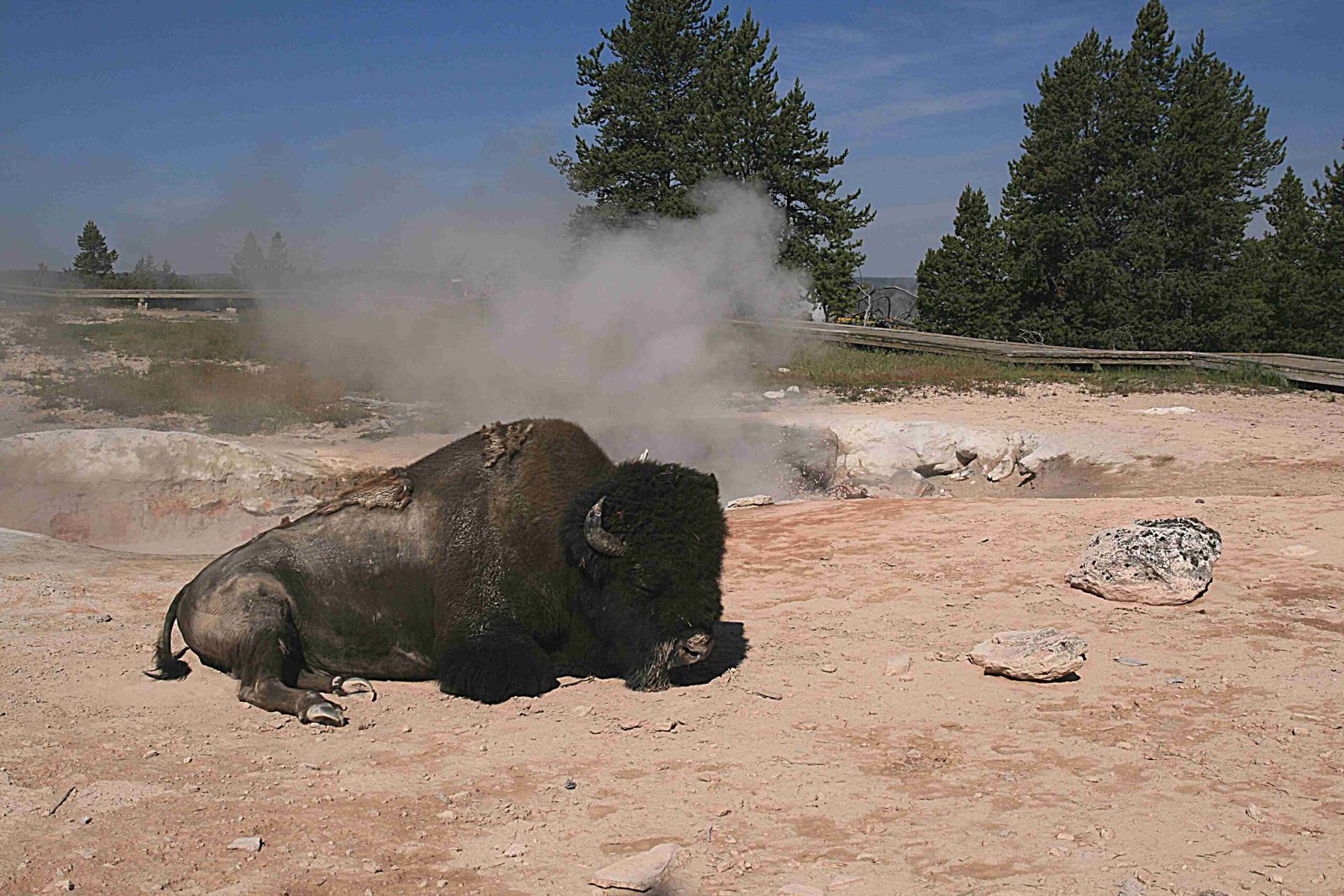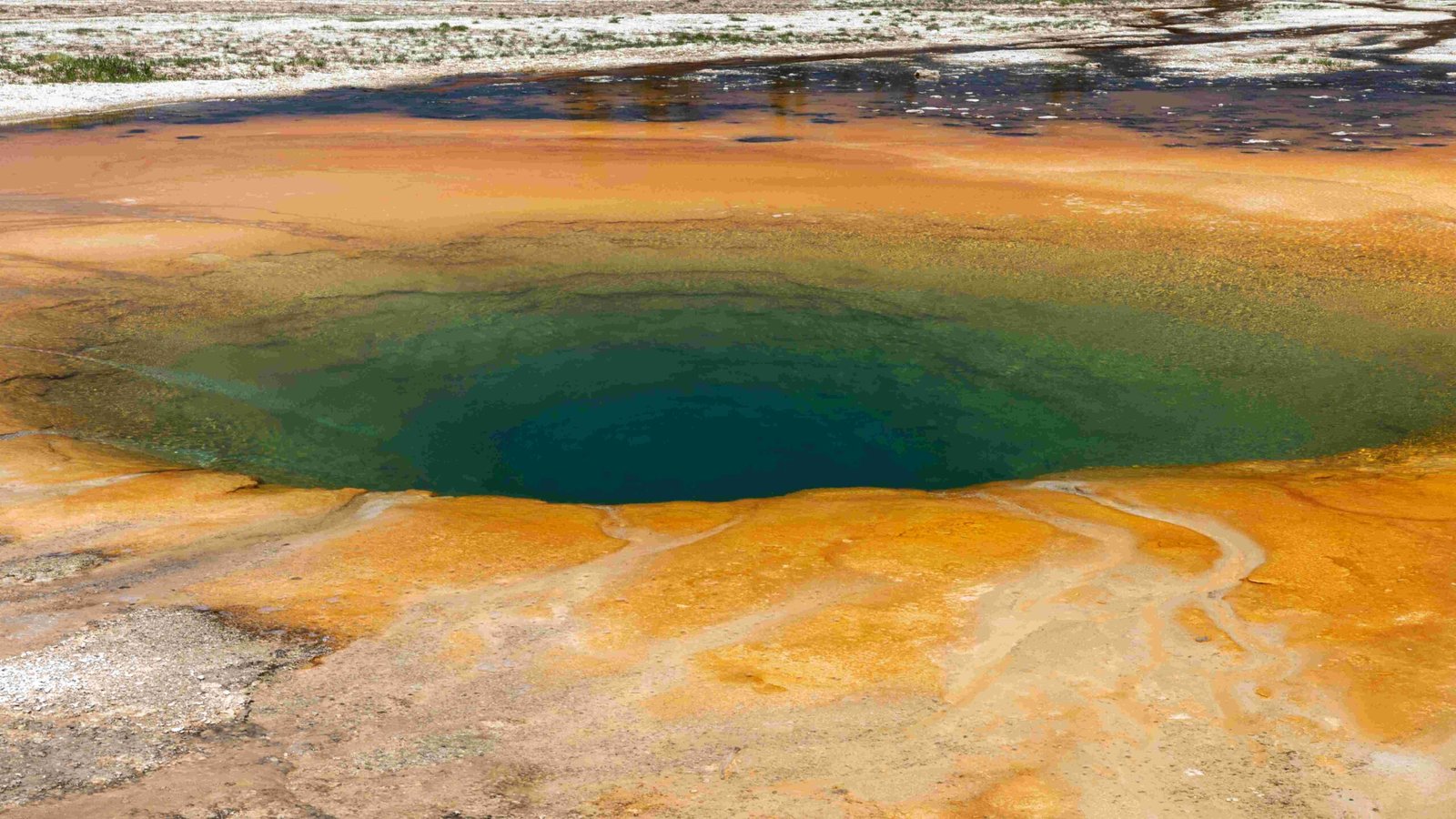Yellowstone National Park offers captivating stargazing programs during summer months. These programs include ‘Stars Over Yellowstone’ events, typically held in June and July, featuring night sky observing sessions and cosmic update presentations. Ranger-led activities take place at Madison Information Station Parking Lot and Madison Amphitheater, providing visitors with opportunities to explore the Milky Way, planets, and celestial phenomena. While commercial tours are not available within the park, nearby operators offer stargazing experiences in adjacent areas.
What Are the Specific Dates and Times for Stargazing Programs?

Yellowstone National Park’s stargazing programs are primarily concentrated during the summer months. Here’s a breakdown of the main events:
- Stars Over Yellowstone
- Typically held in June and July
- Past dates included June 28-29 and July 26-27
- Programs start at 10:30 PM at Madison Information Station Parking Lot
-
Additional sessions at 9:30 PM at Madison Amphitheater
-
Night Sky Observing
- Location: Madison Information Station Parking Lot
- Start time: 10:30 PM
-
Activities include:
- Finding the Milky Way
- Observing planets
- Exploring craters on the Moon
- Viewing star clusters and nebulae
-
Cosmic Update and Planet-Building in the Universe
- Location: Madison Amphitheater
- Start time: 9:30 PM
- Topics covered:
- Recent astronomical discoveries
- Planetary formation processes
It’s important to note that due to potential changes in park operations, visitors should check at local visitor centers or message boards for the most up-to-date schedule information.
Where Are the Best Locations for Stargazing in Yellowstone?

Yellowstone National Park boasts several prime locations for stargazing enthusiasts. Here are the top spots:
- Dunraven Pass
- Elevation: 8,859 feet
- One of the highest points in the park
- Offers exceptional views of the night sky
-
Parking available at Dunraven Pass Trailhead
-
Upper Geyser Basin
- Includes famous features like Old Faithful and Castle Geyser
- Minimal light pollution for optimal stargazing
-
Tip: Walk away from the Old Faithful complex to avoid light interference
-
Madison Amphitheater and Information Station
- Host to ranger-led astronomy programs
- Easily accessible by car
- Ample parking available nearby
These locations offer a combination of dark skies, accessibility, and unique natural features that enhance the stargazing experience.
What Equipment Should I Bring for Stargazing in Yellowstone?
To make the most of your stargazing adventure in Yellowstone, consider bringing the following equipment:
- Essential Items
- Warm clothing (layers recommended)
- Flashlight or headlamp (preferably with a red light option)
- Binoculars
-
Star chart or astronomy app
-
Optional Equipment
- Portable telescope
- Camera with tripod for astrophotography
-
Camping chair or blanket for comfort
-
Safety Gear
- Bear spray (especially for areas like Dunraven Pass)
- First aid kit
- Water and snacks
Remember, while the park doesn’t impose specific equipment restrictions, it’s always best to come prepared for varying weather conditions and potential wildlife encounters.
Are There Any Commercial Stargazing Tours Available in Yellowstone?
While Yellowstone National Park itself does not offer commercial stargazing tours, there are options available in nearby areas:
- Park-Operated Programs
- Ranger-led activities and public programs within Yellowstone
- Free with park entrance fees
-
No specific group size limits
-
Nearby Commercial Options
- Operators like Wyoming Stargazing offer services in adjacent areas
-
Example: Tours in Grand Teton National Park
-
Pricing and Booking
- Park programs: Included with entrance fee
- Commercial tours: Vary by operator, check individual websites for pricing
It’s worth noting that while commercial tours aren’t available within Yellowstone’s boundaries, the park’s own programs offer excellent opportunities for guided stargazing experiences.
What Safety Precautions Should I Take When Stargazing in Yellowstone?
Ensuring your safety while enjoying Yellowstone’s night sky is paramount. Here are key precautions to consider:
- Wildlife Awareness
- Carry bear spray, especially in areas like Dunraven Pass
- Make noise to alert animals of your presence
-
Stay in groups when possible
-
Weather Preparedness
- Check weather forecasts before heading out
- Dress in warm, layered clothing
-
Bring rain gear in case of sudden weather changes
-
Navigation and Visibility
- Use flashlights or headlamps for walking in the dark
- Familiarize yourself with the area during daylight if possible
-
Stick to designated trails and viewing areas
-
General Safety
- Inform someone of your stargazing plans
- Bring a fully charged cell phone (though reception may be limited)
- Stay hydrated and bring snacks
By following these precautions, you can ensure a safe and enjoyable stargazing experience in Yellowstone’s breathtaking natural setting.
How Can I Maximize My Stargazing Experience in Yellowstone?
To get the most out of your stargazing adventure in Yellowstone, consider these tips:
- Timing Your Visit
- Plan around the new moon for darkest skies
- Summer months offer more program options
-
Check for celestial events like meteor showers
-
Location Selection
- Choose high-elevation spots like Dunraven Pass for clearer views
- Avoid areas with artificial lighting
-
Arrive early to secure a good spot at popular locations
-
Preparation
- Allow 20-30 minutes for your eyes to adjust to darkness
- Use red light to preserve night vision
-
Download a star chart or astronomy app beforehand
-
Enhance Your Knowledge
- Attend ranger-led programs for expert insights
- Learn to identify constellations and planets
-
Bring a guidebook for self-guided exploration
-
Photography Tips
- Use a tripod for stability
- Experiment with long exposures
- Consider wide-angle lenses for capturing the Milky Way
By following these suggestions, you’ll be well-equipped to fully appreciate the celestial wonders visible from Yellowstone National Park.
Stargazing in Yellowstone offers a unique opportunity to connect with nature and the cosmos. Whether you’re participating in organized programs or venturing out on your own, the park’s dark skies and stunning landscapes provide an unforgettable backdrop for exploring the wonders of the night sky.

